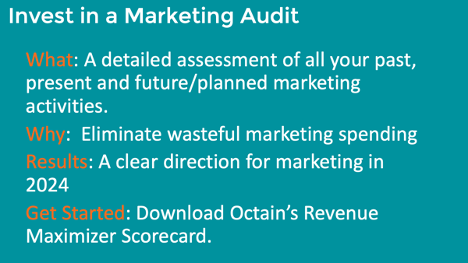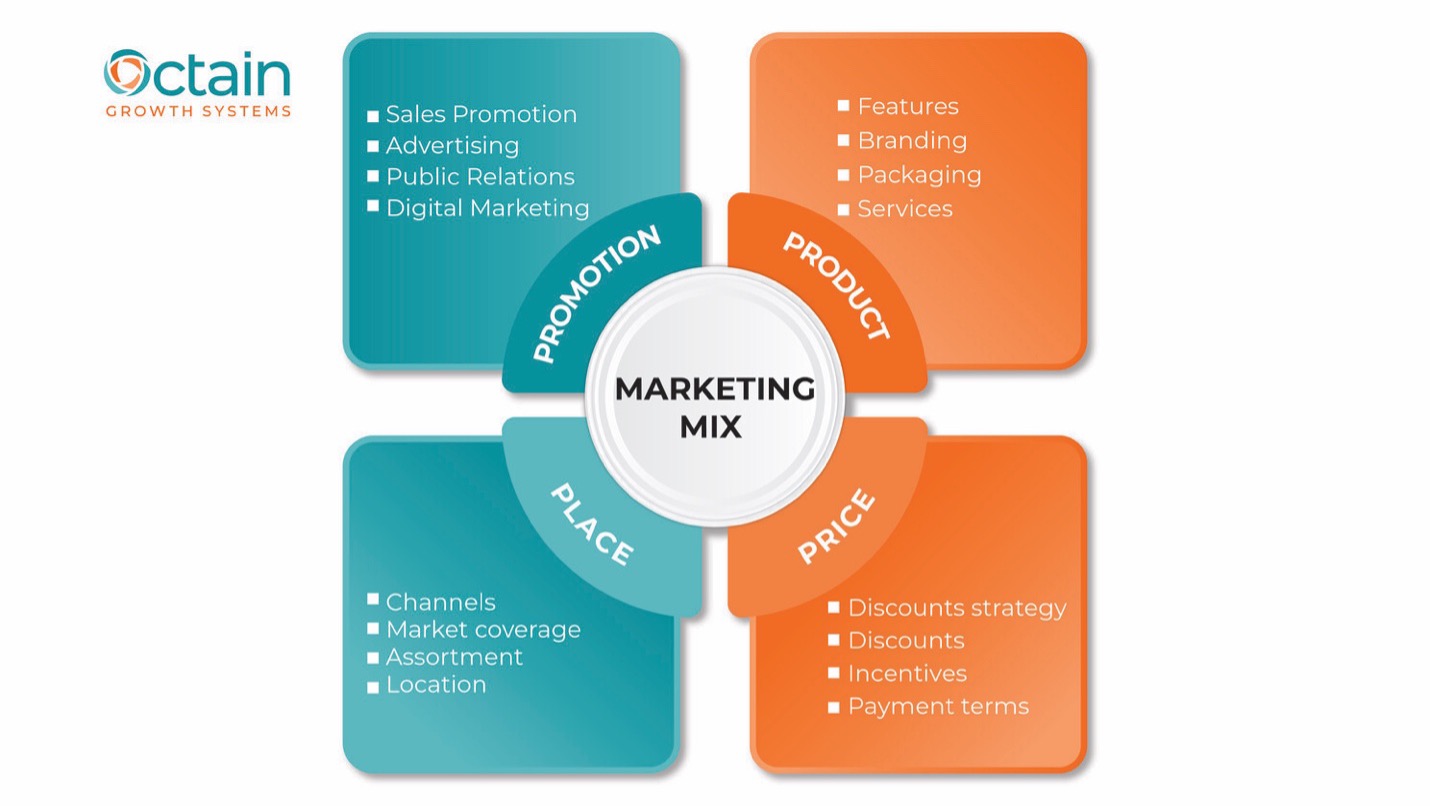Your marketing temperature that is.
And the best way to do that is with a marketing audit.
If the idea of doing an audit for your business or your clients’ gives you a migraine I get it! Especially as we are staring down tax season.
Then again. You do get a health physical least once a year, don’t you?
Think of the marketing audit as a health check that finds symptoms in your marketing activity before they can fester into a real illness.
Understanding the Marketing Audit
Let’s start by demystifying the term. A marketing audit is a comprehensive health checkup for your company’s marketing strategies and activities.
It involves a thorough examination of your past, present, and planned marketing. Think of it as an expert diagnoses to uncover insights that pave the way for revenue and sales improvements.
Why is it Crucial?
Neglecting a marketing audit can have real consequences. Our client DynamicTech Solutions was too busy filling orders and onboarding customers to bother with a marketing audit.
They believed their strategies were foolproof and the market would keep loving their products. Oh, how wrong they were.
As customer needs evolved, DynamicTech Solutions found themselves losing ground to competitors who adapted swiftly to emerging trends.
Without a clear understanding of their marketing effectiveness, they couldn’t diagnose the real problem and struggled to reverse the decline in sales and revenue.
Better Data. Better Results.
Here is Octain’s process for conducting a marketing audit complete with a download link to our revenue maximizer scorecard.
- Gather all the relevant information needed for the audit: all current marketing materials, programs and campaign data: anything the client has done for marketing in the last 12-18 months.
- Conduct a Strength, Weakness, Opportunities, Threats (SWOT) analysis.
- Conduct a competitive analysis review of your top 3-5 competitors: Analyze the marketing strategies of key competitors and Identify areas where competitors may have a competitive advantage.
- Review your Ideal Customer Profile and personas. Conduct 3-5 customer interviews and incorporate any marketing data here: segmentation, personas, satisfaction and loyalty related data.
- Perform a market mix analysis to know how well you are doing in the four key sectors of product, price, place promotion as shown here.
- Perform a digital presence assessment to evaluate the company’s online, web and social media presence and assess the effectiveness of digital marketing strategies to identify new opportunities for engagement.
- Bring it all together for analysis and evaluation, looking for what is working, what is not working, and what new opportunities exist for your products or services.
- For your clients, present your key findings in a live group session to get your client’s team on the same page: understanding the results, setting goals and assigning next steps for making changes to their marketing blueprint.
Get started with our revenue maximizer card. Download here.
Here’s to your marketing success in 2024!



